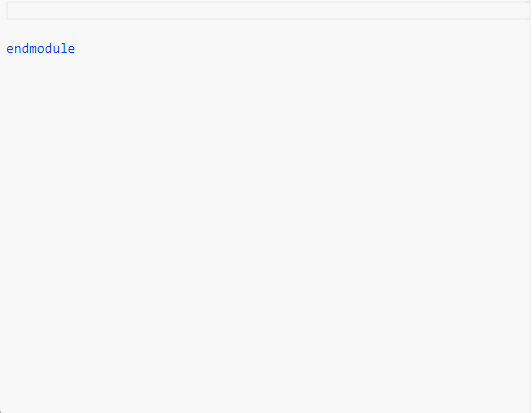引言
在Spring框架中,Bean是构成应用的核心组件,它们负责执行应用中的业务逻辑。理解Spring Bean的生命周期和作用域对于开发高效、稳定的Spring应用至关重要。本文将详细解析Spring Bean的生命周期和作用域,并通过实战案例加深理解。
一、Spring Bean的生命周期
Spring Bean 的生命周期指的是Bean从创建到销毁的整个过程。这个过程包括Bean的实例化、属性赋值、初始化以及销毁等阶段。了解Bean的生命周期可以帮助我们更好地管理Bean的状态和行为。
- 实例化:Spring IoC容器根据配置创建Bean的实例。
- 属性赋值:通过依赖注入的方式,为Bean的属性赋值。
- 初始化:在Bean的所有属性设置完成之后,如果Bean实现了InitializingBean接口,会调用其 afterPropertiesSet() 方法进行初始化;或者如果在配置文件中指定了init-method,则会调用指定的初始化方法。
- 使用:Bean初始化完成后,就可以被应用的其他部分使用。
- 销毁:当容器关闭时,如果Bean实现了 DisposableBean 接口,会调用其destroy() 方法进行销毁;或者在配置文件中指定了 destroy-method,则会调用指定的销毁方法。
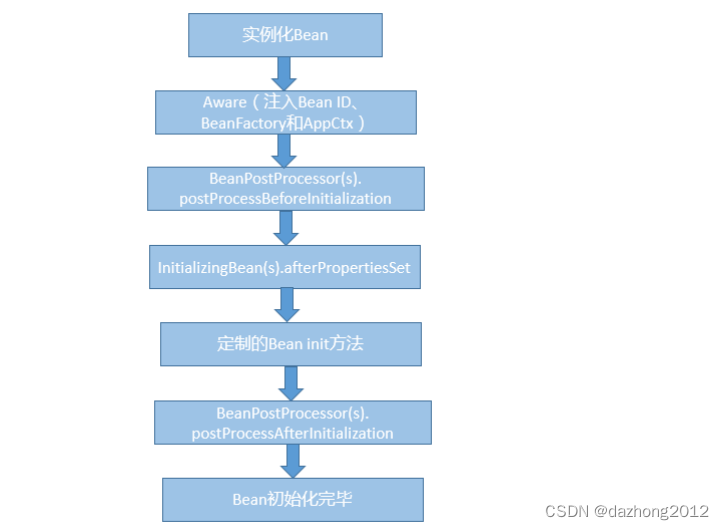
二、Spring Bean的作用域
Spring Bean的作用域决定了Bean的实例在Spring IoC容器中的生命周期和可见性。
Spring支持以下几种作用域:
- Singleton(单例):
这是Spring默认的作用域。当一个Bean定义为Singleton时,IoC容器中只会存在一个该Bean的共享实例。对于整个应用上下文,每次请求该Bean时,容器都会返回相同的实例。Singleton作用域的Bean在容器启动时或首次请求时被创建(如果配置了懒加载,则在首次实际请求时创建)。
- Prototype(原型):
Prototype作用域的Bean在每次请求时都会创建一个新的实例。这意味着每次通过容器的getBean()方法获取该Bean时,都将获得一个新的对象。这对于有状态的Bean(即保存实例变量状态的Bean)非常有用,因为每个用户或每次请求都需要独立的状态。
Request(请求):
该作用域仅在Web应用程序的WebApplicationContext中可用。每次HTTP请求都会创建一个新的Bean实例,且该实例仅在当前请求的生命周期内有效。
- Session(会话):
同样仅限于Web环境,每个HTTP Session都会创建一个Bean的新实例,并且该Bean实例在Session生命周期内有效。不同的用户或不同的浏览器会话将拥有不同的Bean实例。
- Global Session(全局会话):
这个作用域也是Web环境特有的,主要应用于Portlet环境中。它类似于标准的Session作用域,但针对portlet的全局会话,即跨越多个Portlet窗口。
除此之外,还有如application(全局作用域,对应于ServletContext的生命周期)和 websocket(HTTP WebSocket作用域,与单个WebSocket连接的生命周期相关联)等其他不那么常见的作用域,但它们的使用不如上述几种普遍。
我们可以根据Bean的具体用途选择合适的作用域,以优化资源管理和应用性能。在Spring中,可以通过XML配置文件中的标签的scope属性或者Java配置中的@Scope注解来定义Bean的作用域。
三、实战案例
下面通过一个简单的实战案例来演示Spring Bean的生命周期和作用域。
首先,定义一个简单的UserService类,并实现InitializingBean和DisposableBean接口:
import org.springframework.beans.factory.DisposableBean;
import org.springframework.beans.factory.InitializingBean;
public class UserService implements InitializingBean, DisposableBean {
private String message;
public void setMessage(String message) {
this.message = message;
}
public void doSomething() {
System.out.println("UserService is doing something: " + message);
}
@Override
public void afterPropertiesSet() throws Exception {
System.out.println("UserService is initializing...");
}
@Override
public void destroy() throws Exception {
System.out.println("UserService is destroying...");
}
}
然后,使用Java配置类来定义Bean:
import org.springframework.context.annotation.Bean;
import org.springframework.context.annotation.Configuration;
import org.springframework.context.annotation.Scope;
@Configuration
public class AppConfig {
@Bean
@Scope("prototype") // 设置作用域为prototype
public UserService userService() {
return new UserService();
}
}
在主程序中,我们创建Spring应用上下文,获取UserService的Bean实例,并调用其方法:
import org.springframework.context.ApplicationContext;
import org.springframework.context.annotation.AnnotationConfigApplicationContext;
public class MainApp {
public static void main(String[] args) {
ApplicationContext context = new AnnotationConfigApplicationContext(AppConfig.class);
// 获取两个prototype作用域的Bean实例
UserService userService1 = context.getBean(UserService.class);
UserService userService2 = context.getBean(UserService.class);
// 输出Bean的hashCode以验证是否为不同实例
System.out.println("userService1 hashCode: " + userService1.hashCode());
System.out.println("userService2 hashCode: " + userService2.hashCode());
// 调用Bean的方法
userService1.doSomething();
userService2.doSomething();
// 关闭应用上下文,触发Bean的销毁逻辑
((AnnotationConfigApplicationContext) context).close();
}
}
运行上述程序,你将看到控制台输出以下信息:
userService1 hashCode: [someHashCode1]
userService2 hashCode: [someHashCode2]
UserService is initializing...
UserService is doing something: null
UserService is initializing...
UserService is doing something: null
UserService is destroying...
UserService is destroying...
从输出中可以看到,userService1和userService2的hashCode不同,说明它们是两个不同的实例,这验证了prototype作用域的行为。同时,每次获取Bean时都会调用初始化方法,并且在应用上下文关闭时调用了销毁方法。
四、总结
通过本文的讲解和实战应用,我们深入了解了Spring Bean的生命周期和作用域。Bean的生命周期包括实例化、属性赋值、初始化、使用和销毁等阶段,而作用域则决定了Bean实例在IoC容器中的存在范围。合理利用这些概念,可以帮助我们更好地管理和优化Spring应用中的Bean,提高应用的性能和稳定性。
在日常开发中,我们还需要注意以下几点:
-
避免在Bean的初始化或销毁方法中执行耗时的操作,以免影响应用的启动和关闭速度。
-
对于单例作用域的Bean,要注意线程安全问题,避免在多线程环境下出现数据不一致的情况。
-
根据实际需求选择合适的作用域,避免不必要的Bean创建和销毁,提高资源利用率。
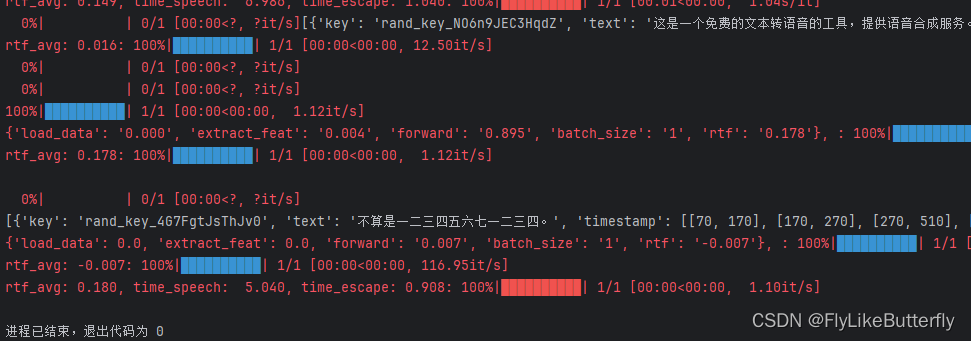
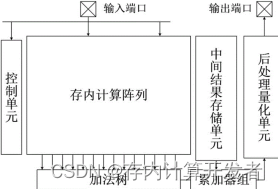

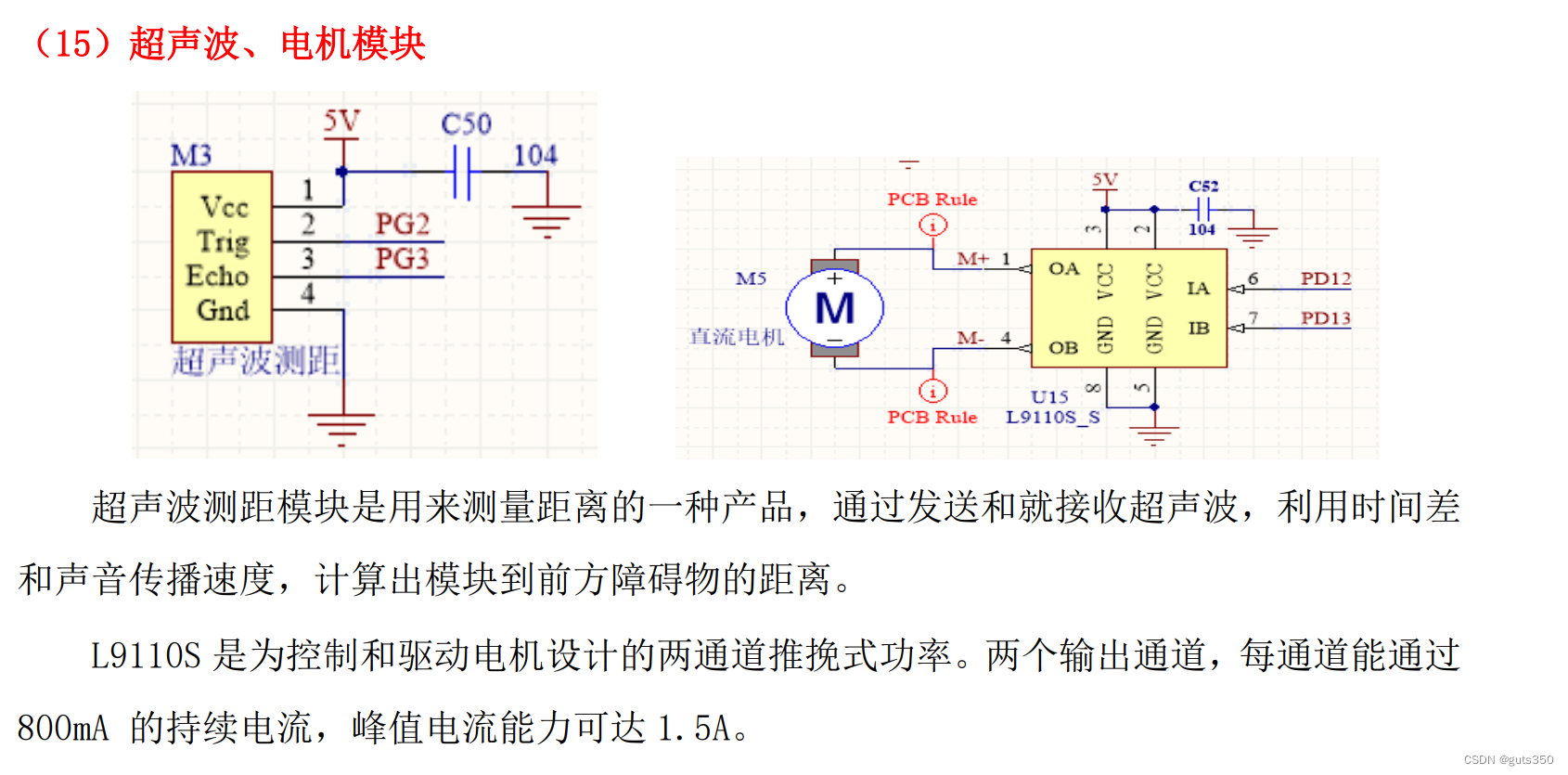


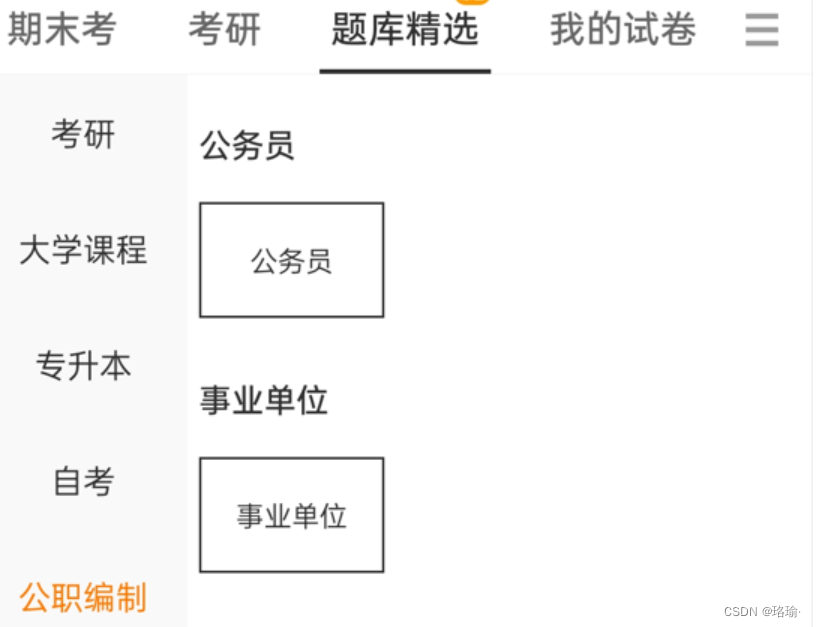
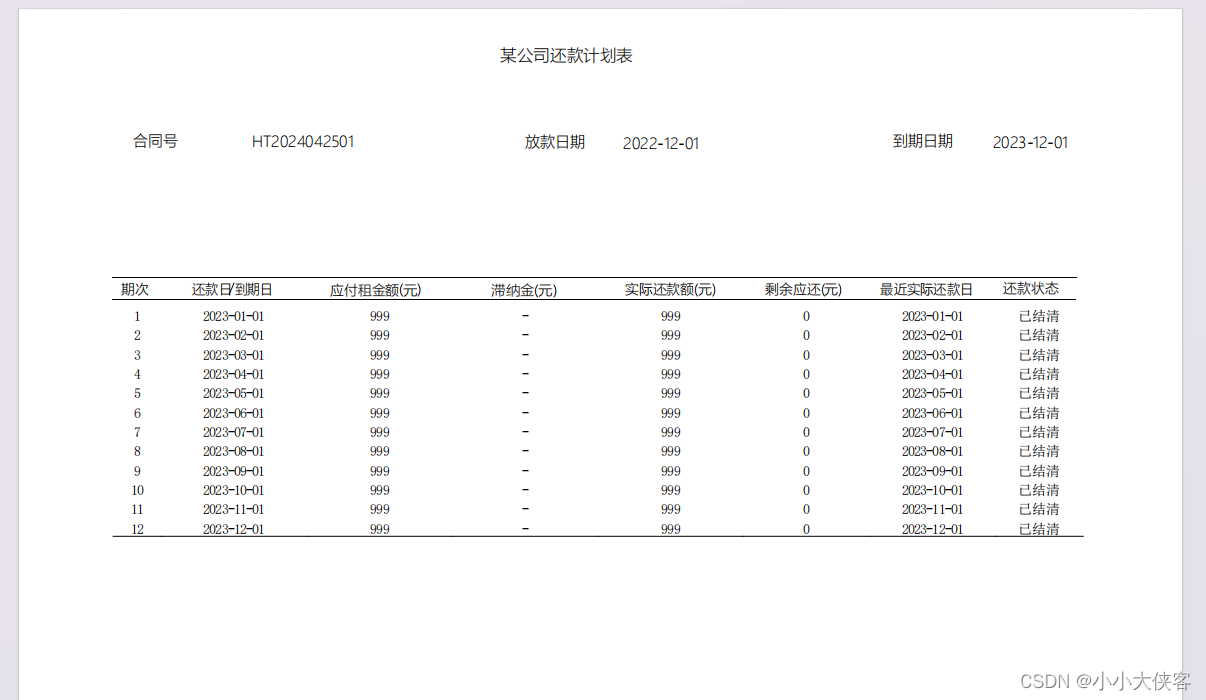
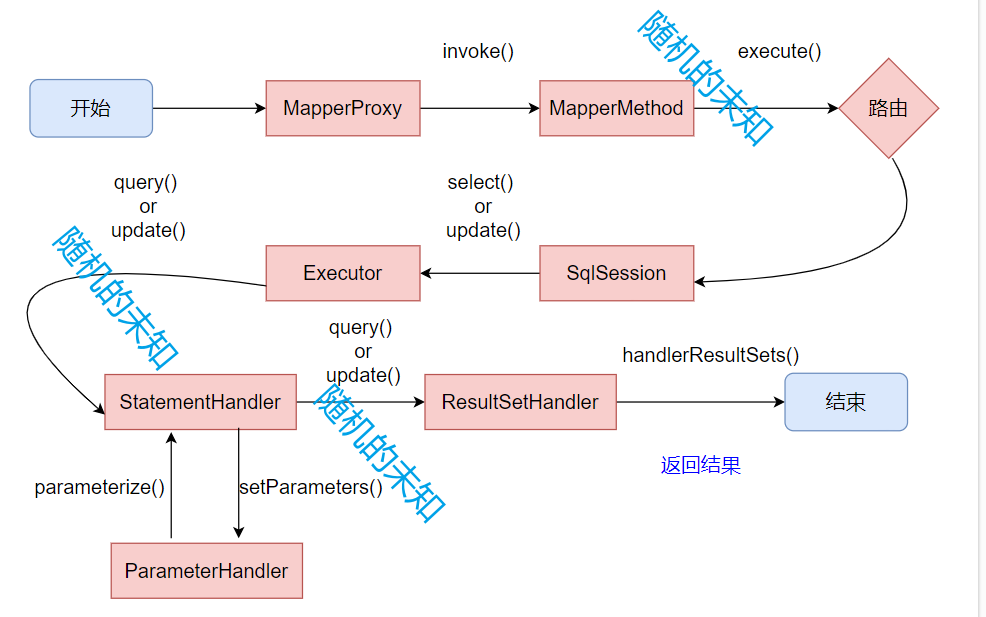
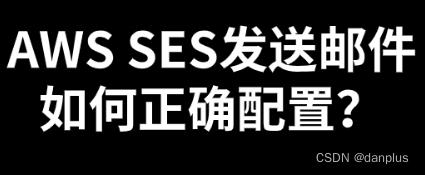
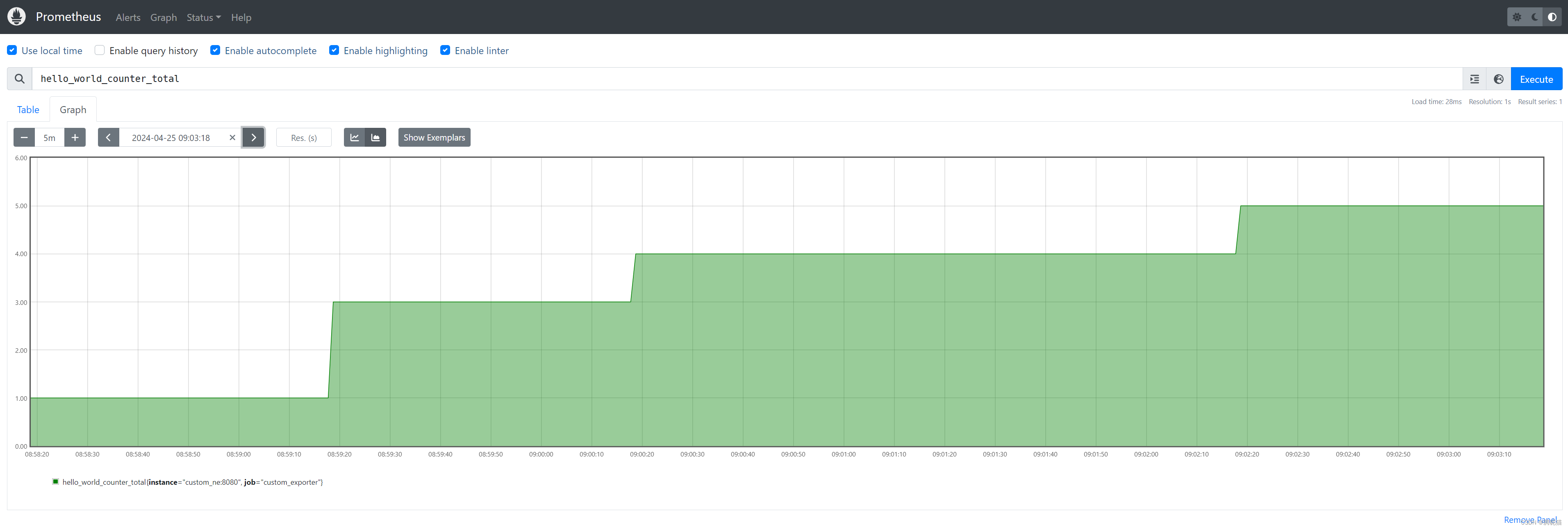

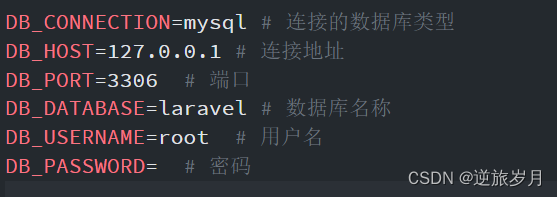

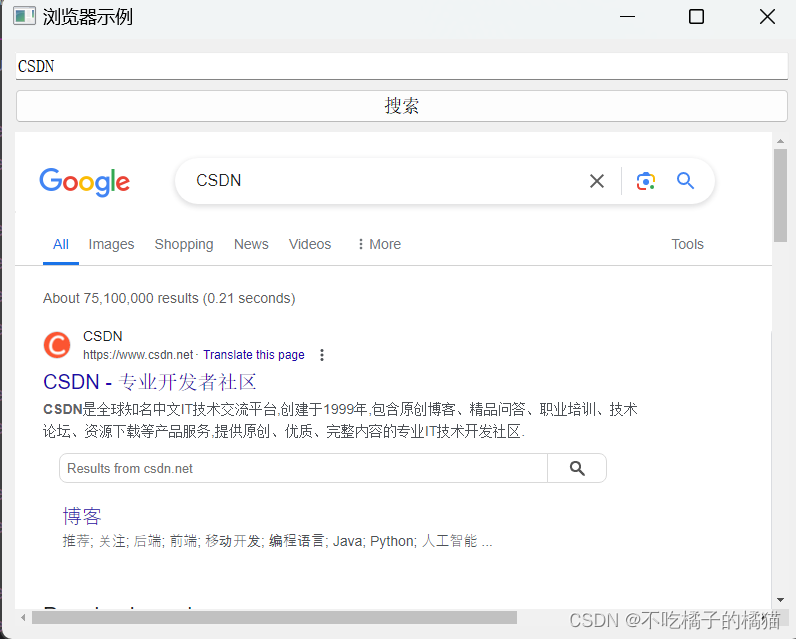
![[实验]Keil 4下仿真三星2440A芯片的汇编及CPIO控制实验](https://img-blog.csdnimg.cn/direct/6fb26f08458a45549b474330a7dbe241.png)


